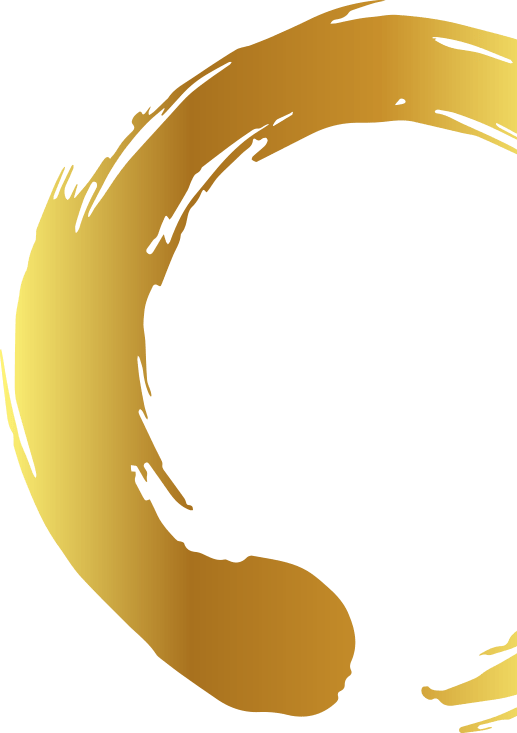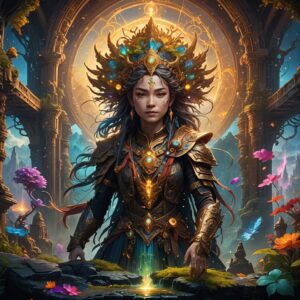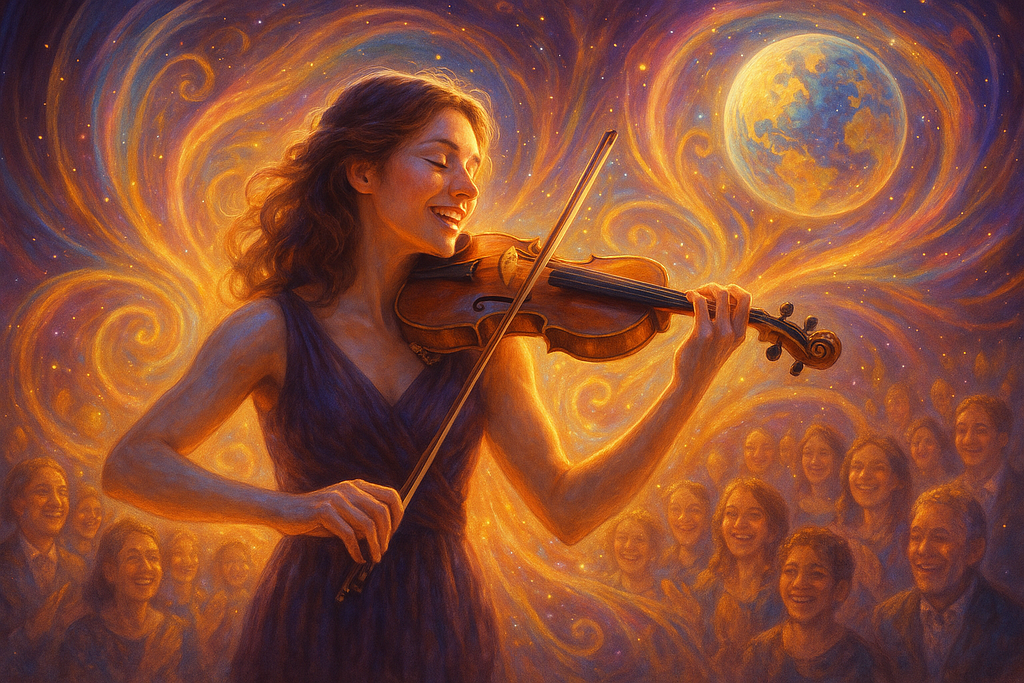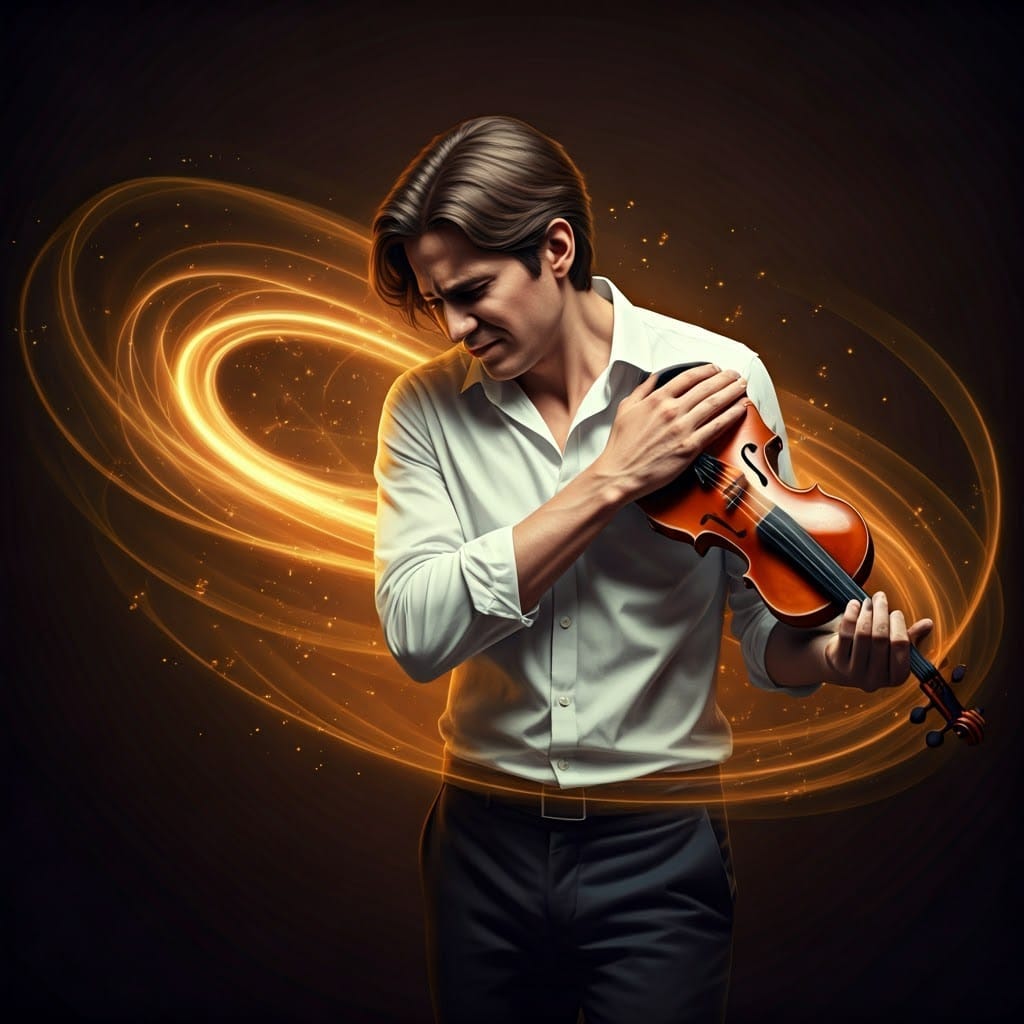An Initiation into an Evolutionary Artistry
“We fear our highest possibilities. We are generally afraid to become that which we can glimpse in our most perfect moments, under conditions of great courage. We enjoy and even thrill to godlike possibilities we see in ourselves in such peak moments. And yet we simultaneously shiver with weakness, awe, and fear before these very same possibilities.”
― Abraham Maslow, Motivation and Personality[JA1]
“Why wasn’t this taught in school?” Sam asked, with incredulity. We were in the middle of an Alexander Technique lesson in which she was practicing her lines for an upcoming play. She was taking lessons with me to help her stage presence, as well as the “clomping on stage” (heavy footfalls) her director advised her to address. I had just assisted her with some hands-on guidance to support her body to remain at ease as she recited and moved about the stage. The ease that resulted had astonished her and led her to reflect on why the effortlessness training she was now receiving wasn’t more a part of her previous theater education. “Seriously—what I’m learning here about the body and awareness, Alexander Technique and Soulforce—I wish I had learned all this years ago. I could have saved myself a lot of grief!”
Sam’s incredulity about the gaps in her theater training hit home for me. It resonated with the similar gaps in my own musical training that led to the injuries I had experienced during music school. I then intuited that hearing about the larger context behind such gaps would help Sam make sense of the difference between her previous and current training, so I shared a little of my own story.
My predominant experience at music school was that of physical and emotional stress. One of the primary reasons I ended up in such a sorry state was that the focus of my training almost entirely excluded my well-being. All my classes and activities were instead focused on the traditional aspects of musicianship: technique, practicing, ensembles, history, theory, and so on. While, on the one hand, my music school was right to focus on these aspects, the exclusive nature of that focus left out a vitally important truth: that my well-being was inextricably intertwined with my musicianship. Without acknowledging this truth, the training I received left me with no awareness or skills to help my body heal and relax. Without such awareness and skills, I had no way to address the intense stress and tension I felt at that time, a condition that eventually led to the arm pain that made playing violin almost impossible. Thus, because I was no longer able to make the kind of progress I wanted to with the violin, the ultimate result of excluding my well-being from my music training was that my musicianship suffered.
It’s clear to both of us now that well-being and artistry are intimately linked. A violin won’t play itself, nor will your lines speak themselves, nor will a paintbrush move on its own. Your body is your primary instrument; a tight body leads to diminished art, and a free body leads to Soulforce. Therefore, to create truly masterful art, you must take account of your body’s well-being.
If it’s so important, why isn’t this body-centered approach taught more widely? It’s because many of our arts institutions and pedagogies are stuck in the past. They come from a time when the way to survive as an artist was to blindly follow tradition or seek certain achievements, no matter the cost. Thankfully, our own survival conditions, for the most part, are easier than those of our ancestors, so we can afford to take account of our well-being and, by so doing, bring forth art that is even more transformative and alive. The trouble is that many of our institutions and pedagogies haven’t yet caught up with this fact, so they often perpetuate outmoded approaches to the arts.
The answer isn’t to throw away our institutions or traditions because it’s much, much harder to build new ones than to midwife the current ones into a more evolved place. The wiser choice is to appreciate what has worked in the past, while also seeking to bring forth something new. What does this something new look like? I don’t have all the answers, but I know what it feels like. It feels like remembering the truths and desires you were born with, like laying down your effort and control and trusting beauty to guide your way, and like being OK with not having all the answers as you navigate complexity. Importantly, it feels like inhabiting a living universe, the gateway to which is honoring the being that you are, that your art is, and that our world is. You know you’re creating from this more evolved place when the creative act, as well as your approach to artistic mastery, feels like a celebration of the dance of life.
Your job as an artist, then, goes beyond ‘just’ creating the greatest art you can. You can play an active role in bringing forth the kinds of art, arts institutions, and pedagogies that better fit our current world. This you can do by growing and evolving into the kind of individual who, for example, takes for granted the link between your well-being and artistic output. This process of evolution is necessary for the fullest expression of your Soulforce because it is only this that allows you to meet your artistic challenges from a higher-order, more comprehensive, and more nuanced understanding. The ultimate result of your own evolution is that you can create art that helps others grow and evolve, as well, and this is something the world desperately needs right now.
I watched carefully as Sam took all this in. She told me that what I had just said helped her recontextualize her previous challenges and current approach. As we continued that lesson and the following few, I noticed a marked shift in Sam’s attitude and performances. Whereas before she was tentative and sometimes looked lost, she now had a deeper confidence and sense of purpose. She said she felt a new joy in our process of exploration and unlearning, and that she had a better sense of how to navigate her previously intractable challenges. She later told me that her initiation that day into a more evolutionary artistry brought many benefits. She felt grateful for how our more evolved approach improved her stage presence and quality of movement. She also told me there was more; Sam now had a new hope for our society and a sense of personal empowerment to create a more beautiful world through her art.
The following few blog posts will lay out a detailed overview of the two stages of artistic evolution that build upon those that are now widely available in many arts institutions and pedagogies. These are Spiral Dynamics stages Yellow and Turquoise. Your individual evolution into these stages will catapult your creative process into one whose artistic output has a greater sophistication, emotional impact, and transformative potential. What’s more, your art will carry a System Update that is necessary for the growth and evolution of your audiences. The result will be art that is truly relevant to a world in turmoil because its System Update will be one that initiates your audiences into the higher-order perspectives necessary to meet our urgent and complex challenges.
The first step to your evolution into Yellow and Turquoise artistry has already begun with your introduction to Spiral Dynamics in the previous blog posts 1 2 3. Our next step is to frame your current artistic challenges in terms of the limitations of certain Spiral Dynamics stages, and to explore what is possible when you grow beyond them.
_____________
Stay tuned for more blog posts and videos about discovering your creative purpose, creating more freely, and making art that matters!
For more support in this process, download your copy of the Soulforce Arts Starter Kit, a free mini-course designed to help you reconnect with your Soulforce, the transformative energy essential to art that matters. You can access the Starter Kit by signing up for the Soulforce Arts Institute’s email newsletter.
You can also join the Soulforce Arts Community, an online community and learning platform that brings together conscious artists of all kinds and abilities to help you discover a deeper artistic purpose, create free from blockages, and make a better world.
The above post is adapted from Chapter 10 “Second Tier Artistry” of my book, “Soulforce: How to Discover Your Artistic Purpose, Create More Freely, & Make Art That Matters,” now available for pre-order.
Joseph Arnold
Violinist, Alexander Technique teacher, and Director of the Soulforce Arts Institute
SoulforceArts.com
SoulforceArts.com/Community
Image credit: Night Cafe AI generated image




